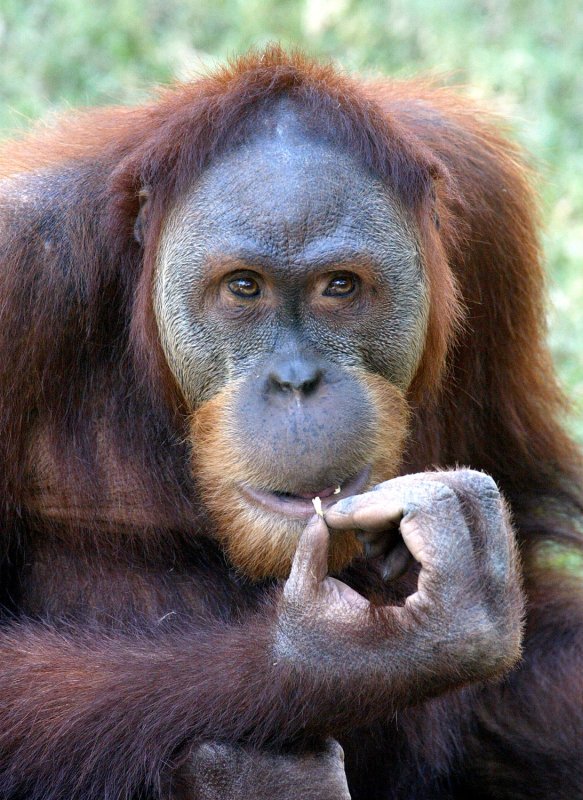PITTSBURGH, June 22 (UPI) -- A U.S. study suggests humans are more likely related to orangutans and not chimpanzees, as is commonly proposed.
Scientists at the University of Pittsburgh and the Buffalo Museum of Science said they view as "problematic" the popular suggestion, based on DNA analysis, that humans are most closely related to chimpanzees. They said that hypothesis is not supported by fossil evidence.















